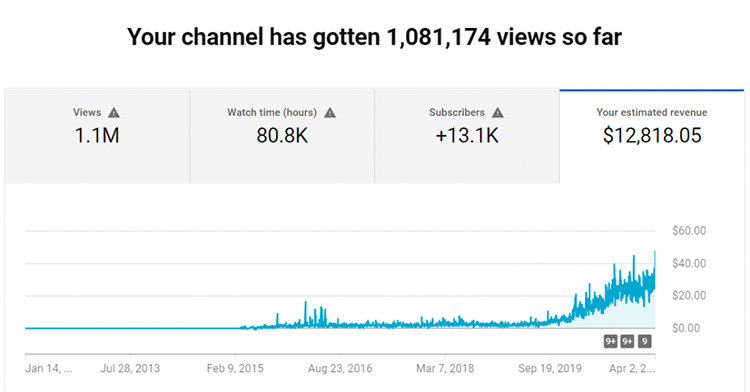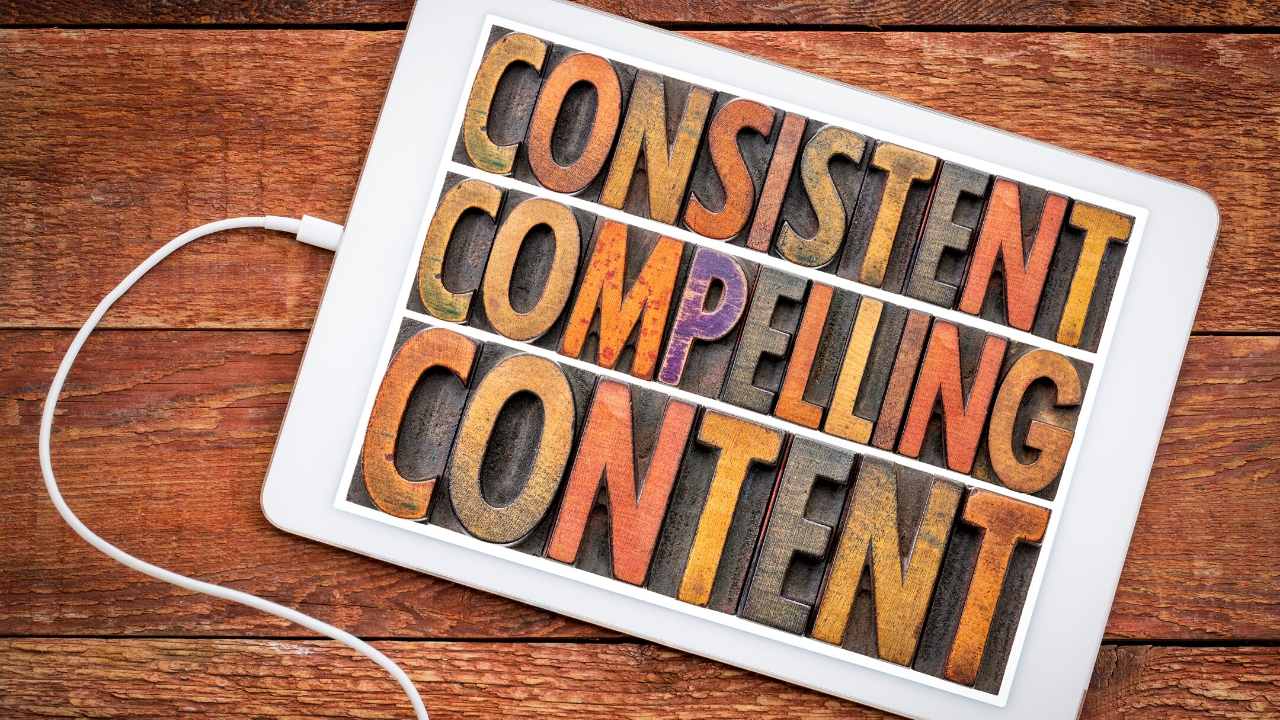
There are many email marketing statistics you should be aware of. These statistics include the average rate of click-through for your email, the effectiveness segmentation, as well as the impact of mobile optimizing. These tips will help you grow your business quickly. Continue reading if you aren't sure what these statistics mean. You will find 20 of the most important statistics regarding email marketing that you need to know. Here's a breakdown of each one. This guide is essential for every business owner.
20 Email Marketing Statistics Every Business Owner Should Know
A few statistics are key to the success of an email marketing campaign. You should first know that nearly 45% of email users won't open unsolicited emails. This statistic might convince you to reconsider sending your email campaigns out to them. Emails are used by almost every industry, but the average open rate is only 21%. The highest open rates are found in emails from religious organizations and government agencies (28.7%). Email recipients typically check their email at least two times per day.
Email marketing is the best marketing strategy. Its ROI rate is 4400%. You can expect to receive $44 back for every $1 that you spend. That's just the beginning. It is an effective way to increase brand awareness and quality leads, but email marketing has more benefits than just ROI. These 20 email marketing statistics are essential for every business owner to make their marketing campaigns more successful.
Average click-through rate on emails
A key piece of marketing data is the average click-through rates (CTR) for an email. Although the actual number of emails open is important, it's also important to know the percentage of recipients who click on it. CTR is the average email's click-through rate. It can range from two to five percent. However, CTR is more important than the average open rate for lead generation. You might consider improving the subject line and body of your emails if your CTR is low.
Your click-through rate will increase if you personalize your emails with your business name and logo. Also, remember that a higher CTR can indicate better content. Use existing networks to create memorable emails and increase open and click-throughs. These are some ways to increase your email marketing success. To market your new business, you can make use of existing networks.
Segmentation effectiveness

Segmentation is an important part of email marketing statistics. Segmentation makes it easier to deliver the right messages to the right people. In fact, it has been shown to increase average revenue per customer (ARPC) and conversion rates. Segmentation can be based on four pillars. These are audience size, customer lifetime values, content, and business goals. If used correctly, these four pillars allow you to target your email campaigns and tailor them to each person's individual needs.
Email segmentation works best for middle-of-funnel prospects who are interested but have not yet purchased from your company. Segmenting your leads by their purchasing history allows you to send relevant emails to them and maximize their lifetime value. Segmenting your emails can help with cross-sells and up-selling to them. An example: A customer who is satisfied will likely purchase the same product again.
Impact of mobile optimization
In the age of information, marketers are placing more importance on mobile optimization. Email optimization for mobile was a rare exception until a few years back. Mobile optimization is now the norm. Businesses may miss out on emerging email trends if they don't have it. This article discusses mobile optimization and how it can increase email marketing statistics. Read on for more information. Below are some tips for mobile email optimization. - Create emails that are optimized for mobile:

- Consider your current mobile conversion rates. Mobile conversion rates are now starting to catch up to desktop click through rates. A recent study found that click-throughs on mobile were 70 per cent higher than those on desktop. Mobile users spend a lot of time on mobile applications so they're more inclined to open and read email there. Unsatisfactory mobile emails can make customers less inclined to return to your business.
FAQ
What are the different SEO strategies?
There are three types of SEO strategies: search engine optimization (SEO), Social Media Optimization (SMO) and Pay-per-click Advertising (PPC).
SEO optimizes content using certain keywords. This can be done with text formatting or HTML code.
This allows you to rank higher in search results.
Social media optimization is the process of optimizing your website so that it can be used on social networks, such as Twitter, Facebook, or Google+.
These online assets help to establish your brand reputation, which makes it more attractive for visitors searching for related topics.
Lastly, PPC ads appear at the top of search results pages, showing relevant products and services.
The most common type of PPC ad is an advertisement on Google paid search. These ads can be very effective, even though they cost a lot.
PPC advertising can also be done in other ways, such as display ads, video ads and sponsored post.
What Does SEO Mean For Small Businesses?
Small businesses face the greatest challenge today: competing with larger companies that spend millions of dollars on advertising. Search Engine Optimization allows small businesses to leverage the same marketing power as larger companies without breaking the bank.
What is an SEO Campaign?
Your website's content is an integral part. If you don't have relevant and useful information on your site, you won't rank high enough for searches.
An SEO campaign optimizes your site by getting links from other websites back to yours. It also includes social media SEO, which is the use of Twitter, Facebook, LinkedIn and LinkedIn to increase brand awareness and drive traffic.
These links will bring more people to your site and increase your ranking. An SEO campaign's main focus is building quality links back to your site so that Google knows that your website is valuable.
Why use social media marketing?
Social media marketing is an excellent way to reach new customers or build relationships with your existing customers. Engaging with others via comments and likes can help you build a community around your brand. This will make it easier for potential customers find you online.
Statistics
- Deleting those 10k pages is one of the main reasons that he improved his site's organic traffic by nearly 90%: (backlinko.com)
- Which led to a 70.43% boost in search engine traffic compared to the old version of the post: (backlinko.com)
- A 62.60% organic traffic boost to that page: (backlinko.com)
- Sean isn't alone… Blogger James Pearson recently axed hundreds of blog posts from his site… and his organic traffic increased by 30%: (backlinko.com)
- 64% of marketers actively create SEO campaigns because they help hit multiple key performance indicators (KPIs), including increasing traffic, helping your site rank for relevant keywords, improving your conversion rate, and much more. (semrush.com)
External Links
How To
How important SEO off-page is
You should have an optimized site for all major search engines such as Google, Bing & Yahoo!.
While it is essential to optimize your site, there are many factors you need to consider. These include, among others:
-
How does your site look (does it load quickly?)
-
Content quality and quantity
-
Social media presence
-
Links back to your website
There are lots of factors you need to take into consideration when you optimize your website. But if you do these things right, you'll see huge improvements in traffic and rankings.
What is a Link-Building Strategy? How does it work? What are the benefits and drawbacks?
Here we explain a link-building strategy, how it works and what benefits it can bring to your website or brand.
-
1. Why do I need link-building strategies? Research has shown that link building is one of the best ways to increase traffic to your website and improve page rankings. Most businesses don’t realize this until they create a plan to increase their rankings and build links. You can read on to find out why.
-
What is link building and how does it benefit my business.
An link building strategy is essentially the creation of links from sites or directories other than your own. It is basically a process that involves finding relevant websites and contacting owners to ask them for a link back. There are two types, "outreach", and "content market," which both involve link building. Outreach is usually done manually, while software is used to automate content marketing. Both require planning and investment. But they can deliver great results over time. Let's look at each method in greater detail.
-
What are the benefits of a link-building strategy?
The best thing about a good strategy for link building is that it gives you more exposure, as you are able to reach out and trust others. You won't need to spend your time convincing people that your company is worth linking with. This will save you time and effort.
-
Do you see any downsides to a link building strategy?
The biggest disadvantage to a link-building strategy is the fact that you need to have enough authority before you try to pitch yourself. Potential partners must see that you are valuable. Before you begin to pitch other companies, you should first find out if they would be interested in becoming partners.
-
What are the best ways to choose a link-building strategy? Do I choose outreach or content marketing?
This all depends on how you want to develop relationships with different companies. Outreach for B2B clients is a good option as it provides you with the opportunity to meet new people and build trust. Content marketing is another option if you are interested in a partnership with large retailers.
-
What should I consider when choosing a linkbuilding strategy? Do you have any other suggestions?
These are some things you should consider when choosing a strategy for link building:
Who do you target? The type of site you pitch will depend on your niche.
Are you selling products online? If so, you might be interested in getting links from blogs that discuss fashion, beauty and food. You can also target local directories like Yelp and Citysearch if you're selling services.
What are your goals? High quality links are key to improving SEO rankings. Otherwise, you will just be spreading low quality links around.
What budget do you have? A lot of people think they can use both content marketing and outreach at once but this isn't true.
You can only do one thing well at a given moment. For instance, you cannot write and post blog articles all day long.
-
How do I start my link-building strategy?
You must decide how much money and time you want to invest in a link-building campaign. Start small and see how far you can go. Once you've figured out the best link building strategy for your company, you can increase your efforts.